- With standard equipment
- With safety pack
Find more information in the General Comments section of the assessment
Find more information in the Rating Validity tab of the assessment
- See More
- See More
- See More
- See More
- Good
- Adequate
- Marginal
- Weak
- Poor
 Rear Seat
Rear Seat
 Front Seat
Front Seat
- Good
- Adequate
- Marginal
- Weak
- Poor


Passenger
outboard
center
Fitted to the vehicle as standard
Not fitted to the test vehicle but available as option
Not Available
-
i-Size CRS
-
ISOFIX CRS
-
Universal Belted CRS
Easy
Difficult
Safety critical
Not allowed
| Seat Position | ||||
|---|---|---|---|---|
| Front | 2nd row | |||
| Passenger | Left | center | Right | |
| Maxi Cosi 2way Pearl & 2wayFix (i-Size) | ||||
| Maxi Cosi 2way Pearl & 2wayFix (i-Size) | ||||
| BeSafe iZi Kid X2 i-Size (i-Size) | ||||
| Britax Römer TriFix2 i-Size (i-Size) | ||||
| BeSafe iZi Flex FIX i-Size (i-Size) | ||||
| BeSafe iZi Combi X4 ISOfix (ISOFIX) | ||||
| Cybex Solution Z i-Fix (ISOFIX) | ||||
| Maxi Cosi Cabriofix (Belt) | ||||
| Maxi Cosi Cabriofix & Easyfix (Belt) | ||||
| Britax Römer King II LS (Belt) | ||||
| Cybex Solution Z i-Fix (Belt) | ||||
Easy
Difficult
Safety critical
Not allowed
In both the frontal offset test and the side barrier impact, protection was rated as good for all critical body areas of both the 6 and 10 year dummies, and the Kangoo scored maximum points in this part of the assessment. The front passenger airbag can be disabled to allow a rearward-facing child restraint to be used in that seating position. Clear information is provided to the driver regarding the status of the airbag and the system was rewarded. Optional i-Size anchorages are available for the front passenger seat. All of the child restraints for which the Kangoo is designed could be properly installed and accommodated in the car.
- Good
- Adequate
- Marginal
- Weak
- Poor

Head Impact 16.0 Pts
Pelvis Impact 3.5 Pts
Leg Impact 5.1 Pts
| System Name | Active Emergency Braking system | ||
| Type | Auto-Brake with Forward Collision Warning | ||
| Operational From | 8 km/h | ||
| PERFORMANCE | | |||
-
Cyclist from nearside, obstructed view
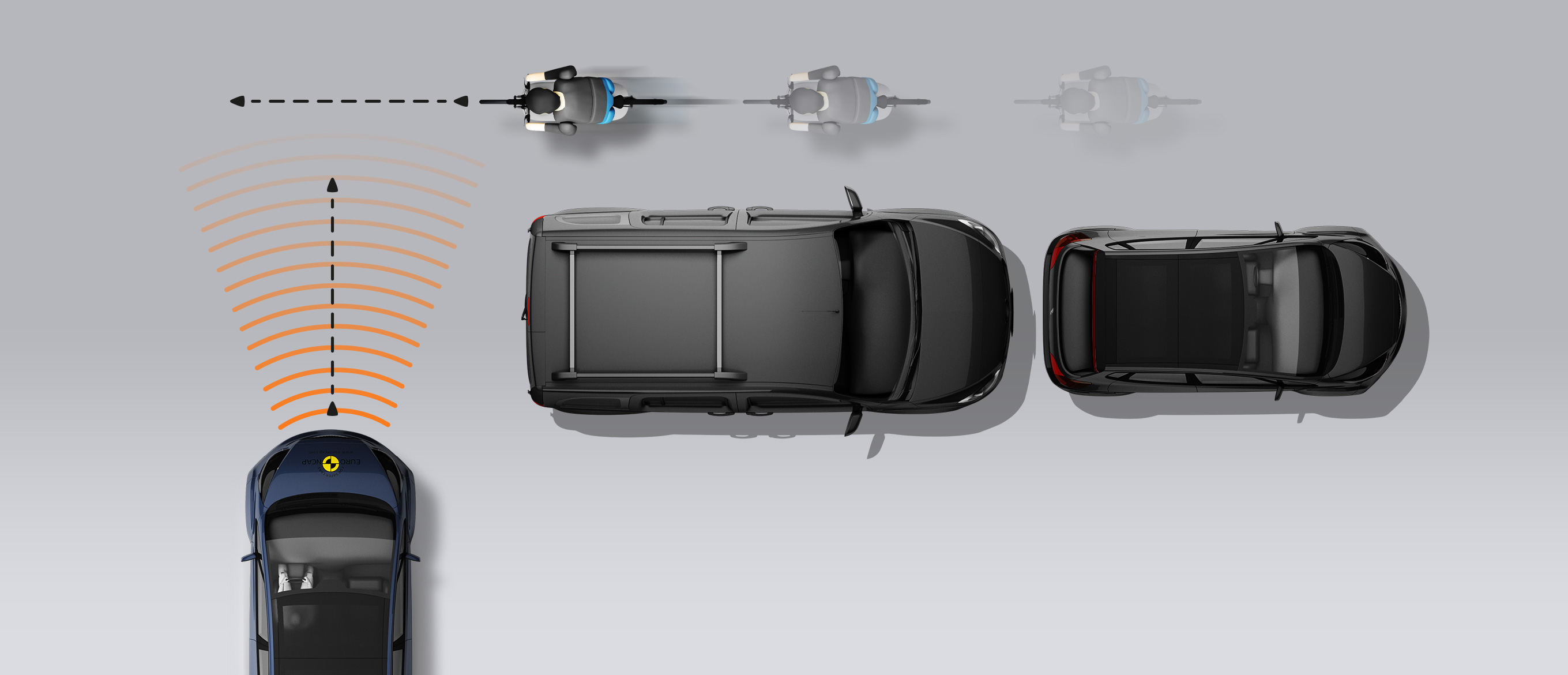
-
Approaching a crossing cyclist
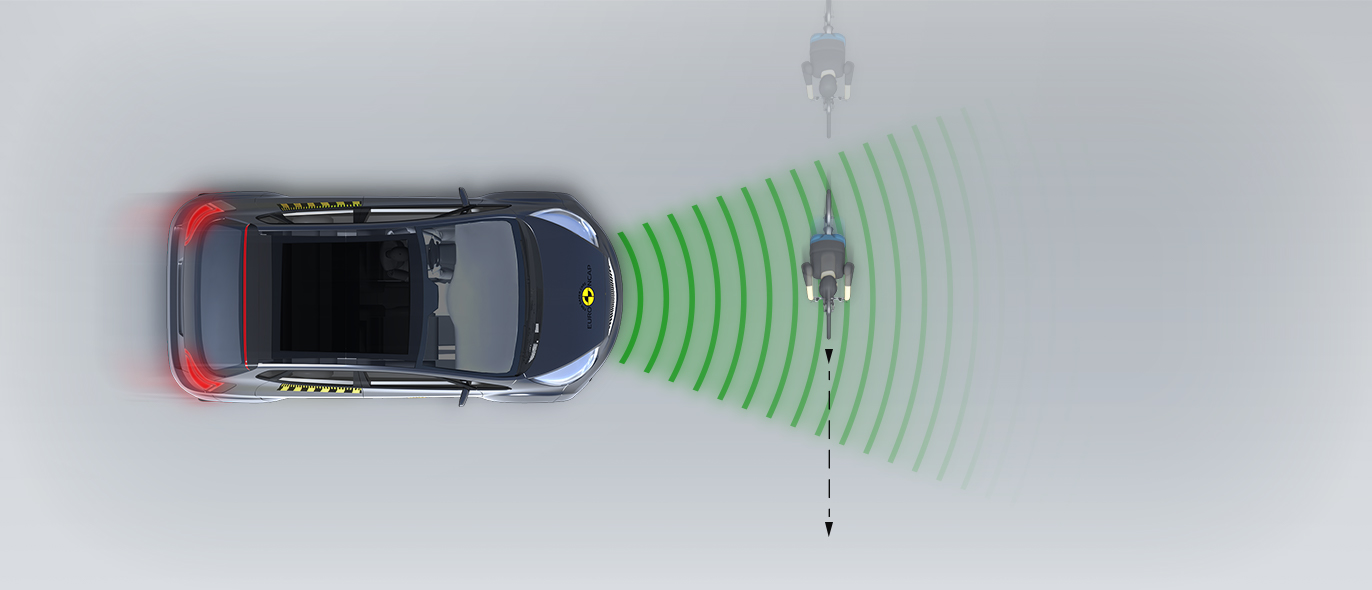
-
Cyclist along the roadside

The protection offers to the head of struck pedestrian was mostly good or adequate on the bonnet surface but was weak or poor along the base of the windscreen and on the stiff windscreen pillars. The bumper offered predominantly adequate protection to pedestrians’ legs but protection of the pelvis area was mixed. The autonomous emergency braking (AEB) system of the Kangoo detects vulnerable road users, as well as other vehicles. In tests of its response to pedestrians, the system performed adequately. In tests with a cyclist target, the system performed well, with collisions avoided or mitigated in most scenarios.
- Good
- Adequate
- Marginal
- Weak
- Poor
| System Name | Speed Assistance System |
| Speed Limit Information Function | Camera based, subsigns supported |
| Speed Control Function | System advised (accurate to 5km/h) |
| Applies To | Front and rear seats, including third row | ||
| Warning | Driver Seat | Front Passenger(s) | Rear Passenger(s) |
| Visual | |||
| Audible | |||
| Occupant Detection | |||
|
|||
| System Name | Lane Keep Assist |
| Type | LKA and ELK |
| Operational From | 70 km/h |
| Performance | |
| Emergency Lane Keeping | |
| Lane Keep Assist | |
| Human Machine Interface | |
| System Name | Active Emergency Braking System | |||
| Type | Autonomous emergency braking and forward collision warning | |||
| Operational From | 8 km/h | |||
| Sensor Used | camera and radar | |||
The Kangoo has a seatbelt reminder system for the front and rear seats, but is not equipped with a system to monitor driver fatigue or impairment. Local speed limits are detected and the information provided to the driver who can then set the speed limiter appropriately. A lane support system gently corrects the vehicle’s path when it is drifting out of lane and also intervenes in some more critical situations to prevent the car leaving the road, for example. The autonomous emergency braking (AEB) system performed well in tests of its response to other vehicles.
- Specifications
- Safety Equipment
- Videos
- Rating Validity
Specifications
Tested Model Renault Kangoo 1.3 Tce, LHD
Body Type - 5 door MPV
Year Of Publication 2021
Kerb Weight 1531kg
VIN From Which Rating Applies - all Kangoos including E-Tech
Class Small MPV
Safety Equipment
Note: Other equipment may be available on the vehicle but was not considered in the test year.
Fitted to the vehicle as standard
Fitted to the vehicle as part of the safety pack
Not fitted to the test vehicle but available as option or as part of the safety pack
Not available
Not applicable
Videos
Rating Validity
Variants of Model Range
| Body Type | Engine | Model Name/Code | Drivetrain | Rating Applies | |
|---|---|---|---|---|---|
| LHD | RHD | ||||
| 5 door MPV | 1.3 petrol | TCe 100, 130 * | 4 x 2 |  |
 |
| 5 door MPV | 1.5 diesel | Blue dCI 75, 95, 115 | 4 x 2 |  |
 |
| 5 door MPV | Pure Electric | E-Tech ** | 4 x 2 |  |
 |
* Tested variant
** Additional tests performed



Find more information in the General Comments section of the assessment
 Share
Share
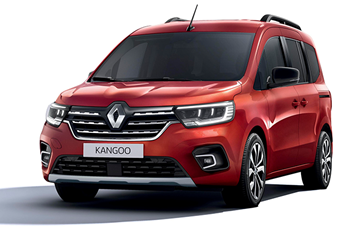
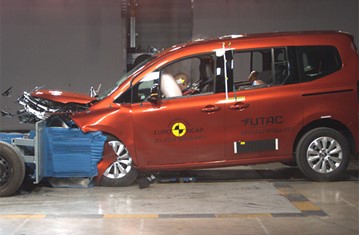
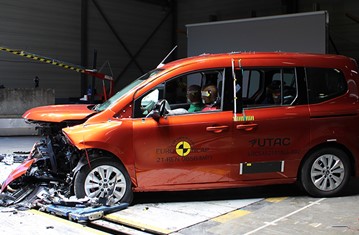

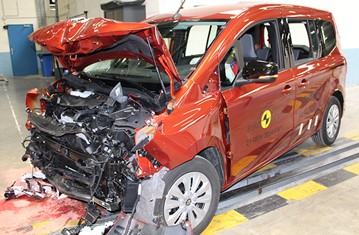

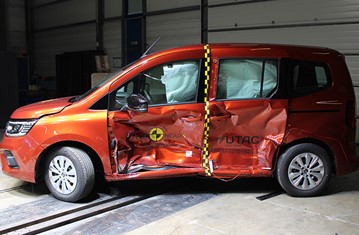










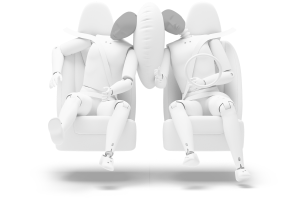
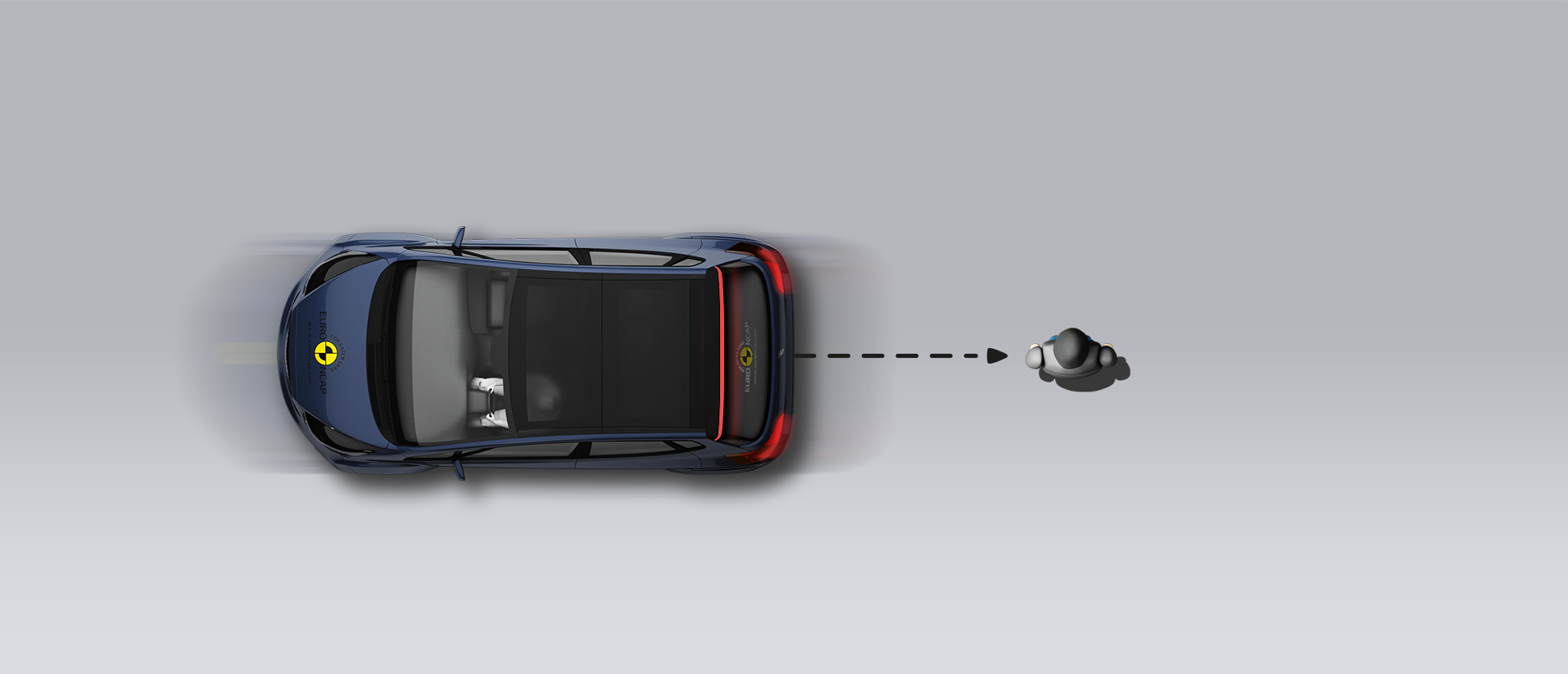
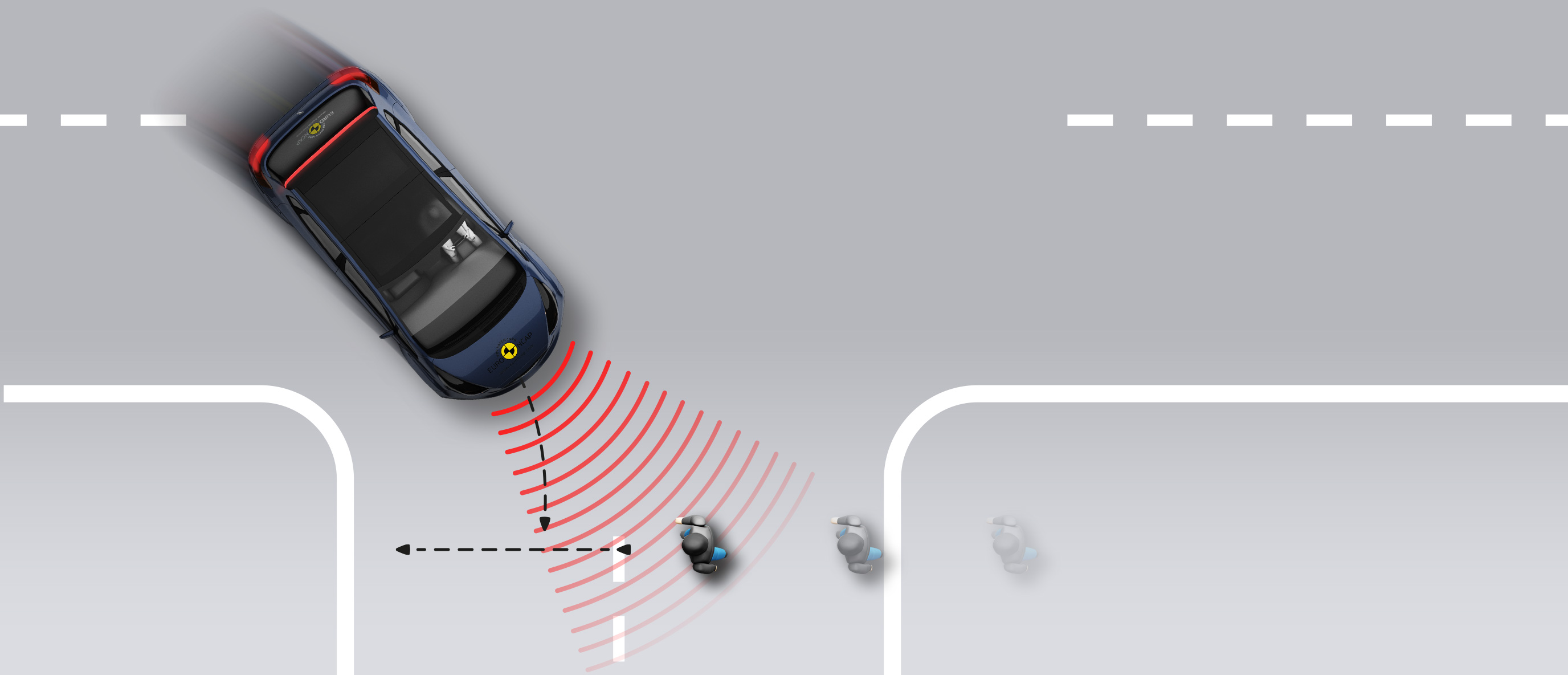

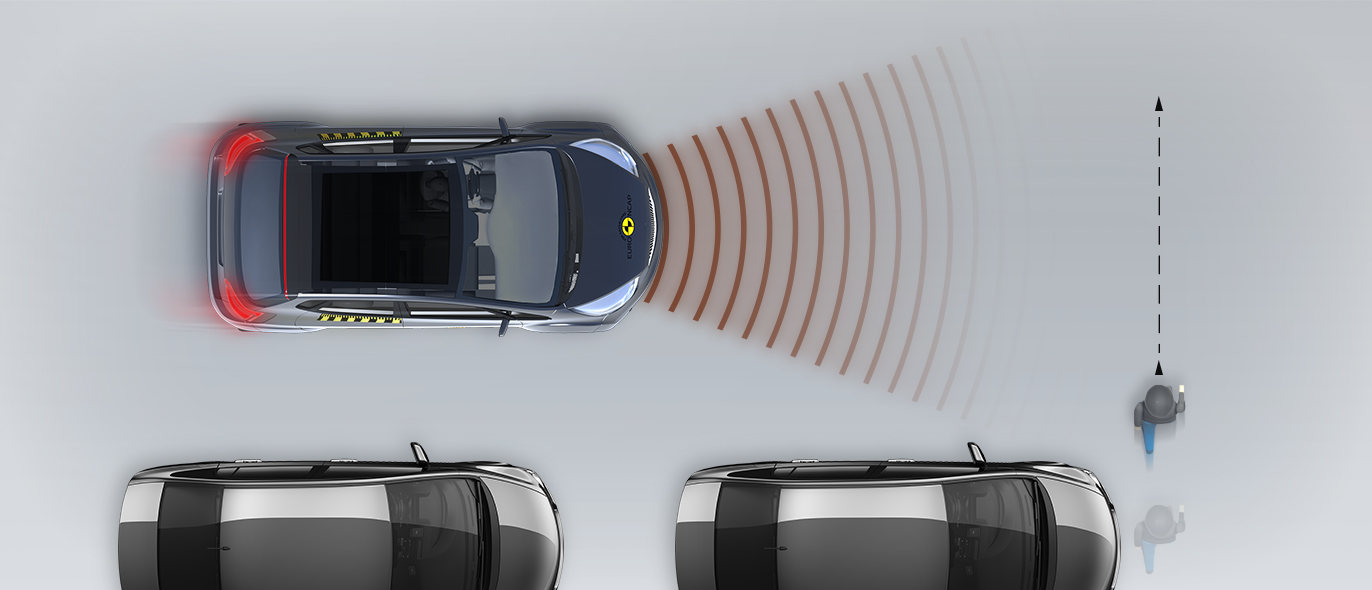



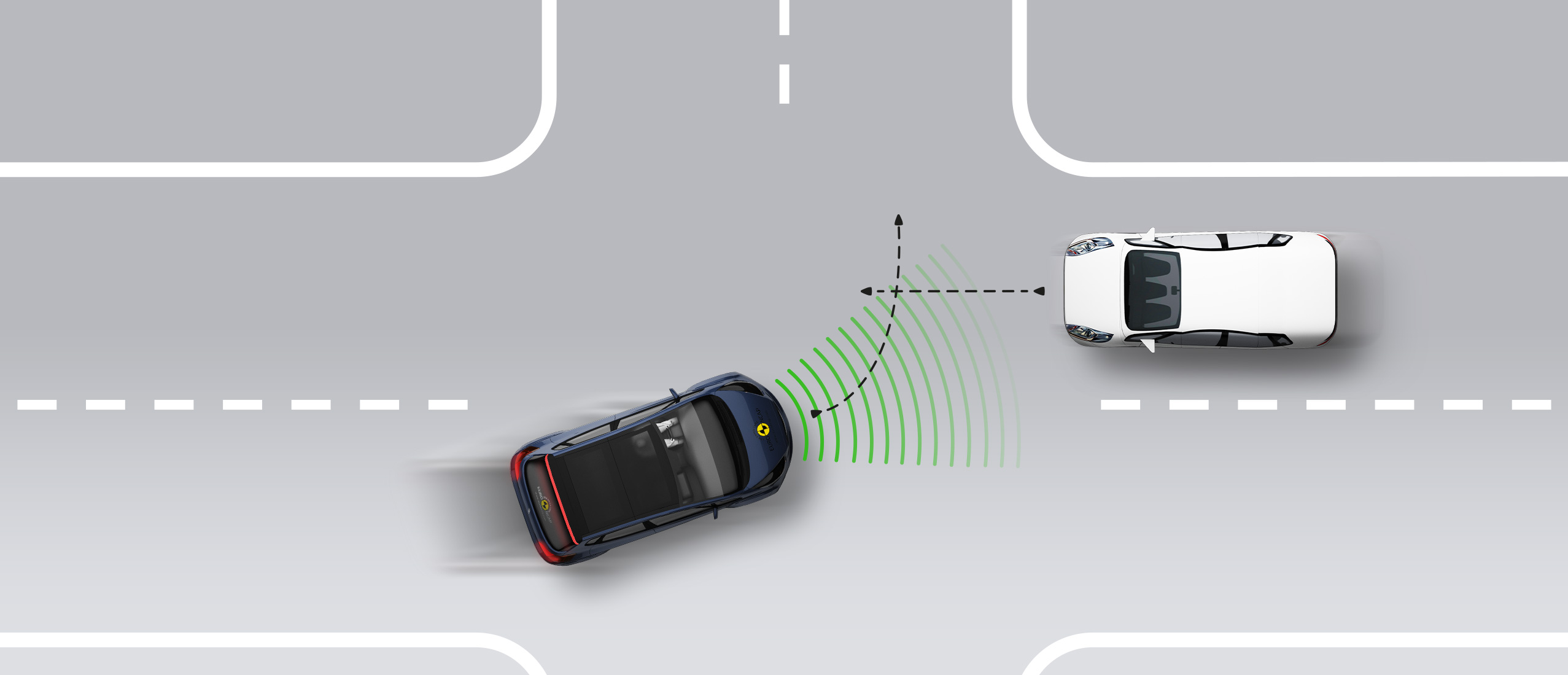








The passenger compartment of the Kangoo remained stable in the frontal offset test. Dummy readings demonstrated good protection of the knees and femurs of the driver and passenger dummy. Renault showed that a similar level of protection would be provided to occupants of different sizes and to those sitting in different positions. Protection of the driver dummy’s chest was rated as marginal, based on measurements of compression during the test. Analysis of the deformable impact barrier after the test, and of decelerations of the trolley during the test, indicated that the Kangoo would be quite a benign crash partner in collisions with other vehicles. In the full-width rigid barrier impact, protection was rated as good or adequate for all critical body regions, for both the front driver and rear passenger. In the side barrier impact, protection was good for all critical body areas and the Kangoo scored maximum points. In the more severe side pole test, chest protection was adequate and that of other body regions was good. An assessment of dummy excursion (the extent to which the dummy moves to the opposite side of the car in an impact from the far side), demonstrated poor performance. The Kangoo does not have a counter-measure for occupant to occupant impacts in a side impact. Tests on the front seats and head restraints demonstrated good protection against whiplash injuries in the event of a rear-end collision. A geometric assessment of the rear seats also indicated good whiplash protection.